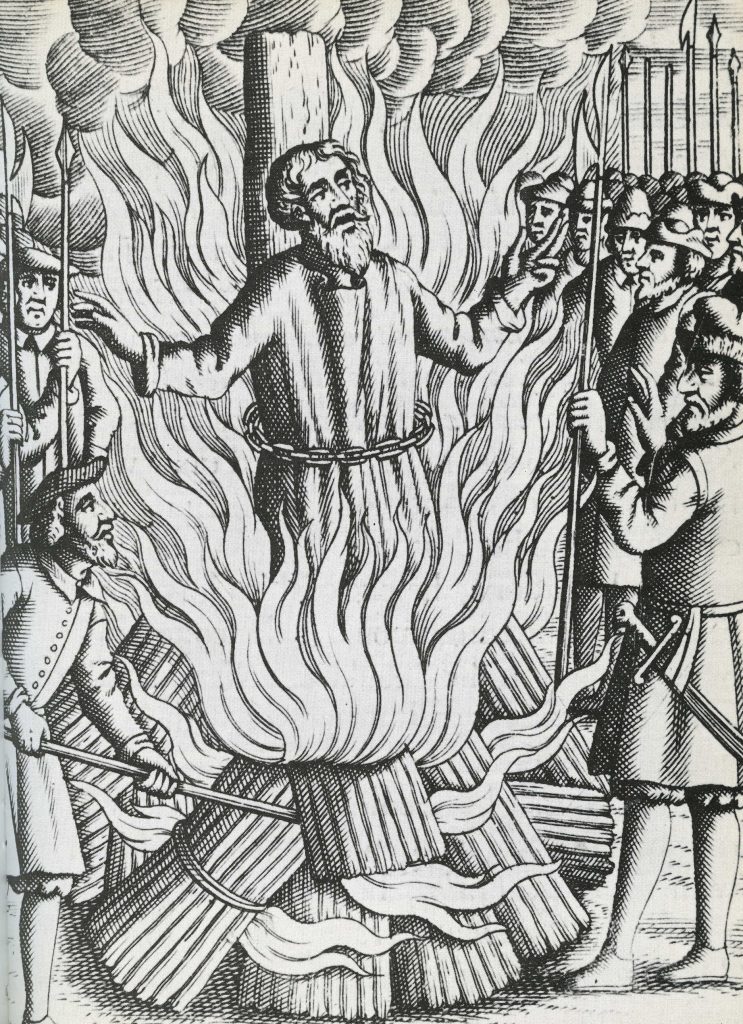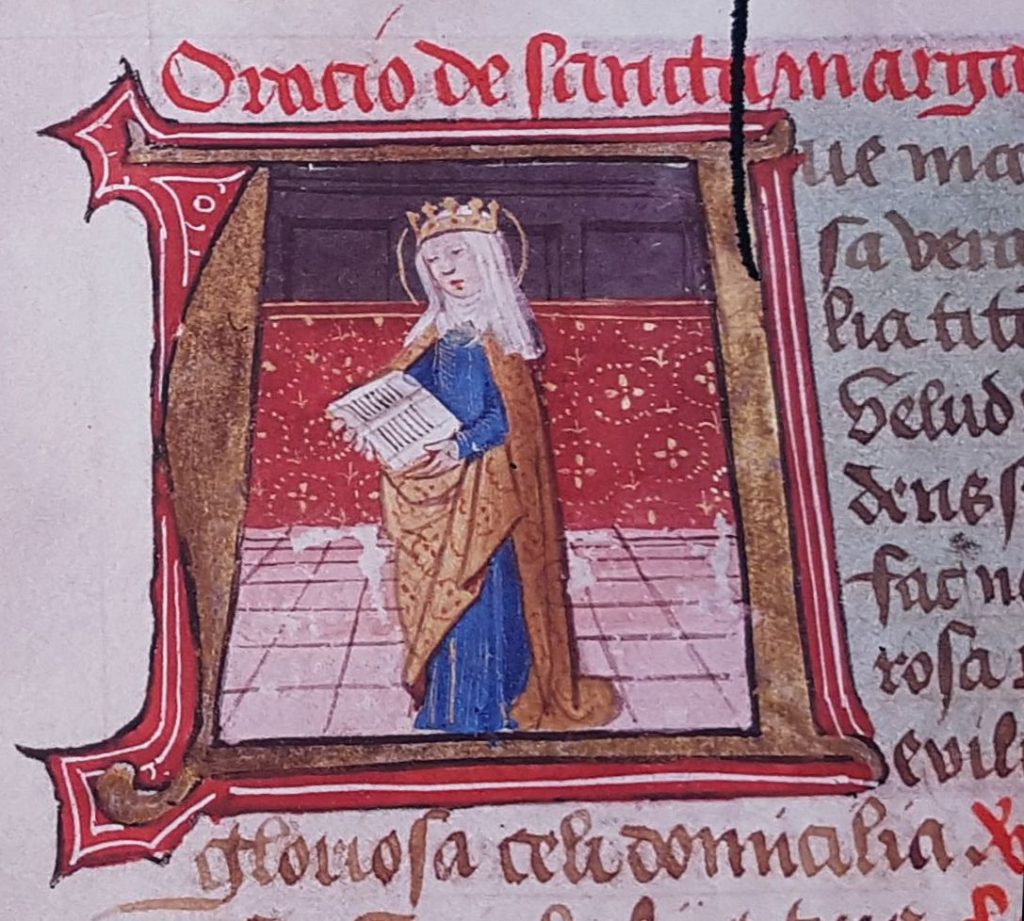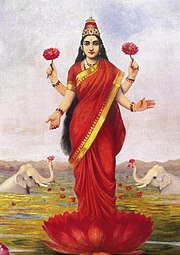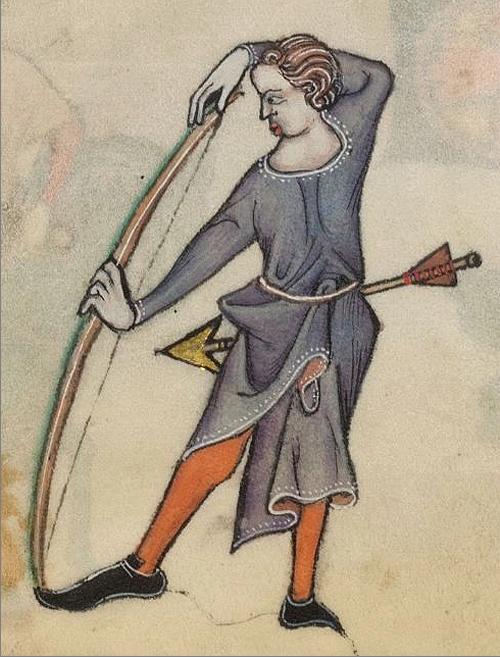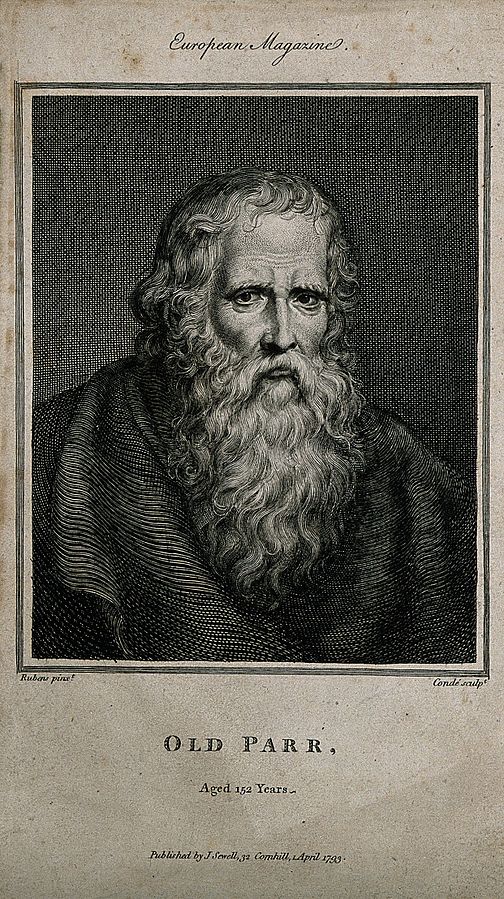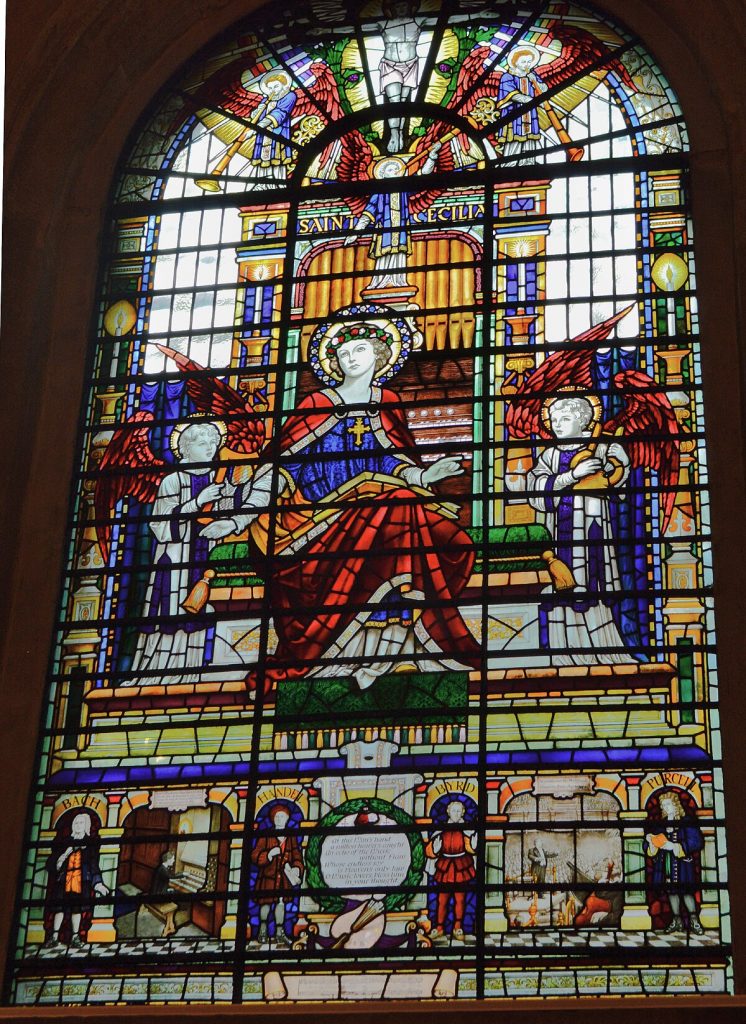
Today, I’m publishing the stories of two Saints with London connections.
The first is for November 23rd, and I have extensively rewritten it. It is all about St Clements of Oranges and Lemons fame.
The second is from November 17th and is about St Cecilia and the London Proms, which you will find below:
St. Cecilia
St Cecilia is the patron saint of musicians. She was martyred in Rome in the Second or Third Century AD. The story goes that she was married to a non-believer, and during her marriage ceremony she sang to God in her heart (hence her affiliation with musicians). She then told her husband, that she was a professed Virgin, and that if he violated her, he would be punished. She said she was being protected by an Angel of the Lord who was watching over her. Valerian, her husband, asked to see the Angel. So Cecilia told him to go to the Third Milestone along the Appian Way, where he would be baptised by Pope Urban 1 and would then see the Angel. He followed her advice, was converted and he and his wife were, later on, martyred.
The Church in Rome, Santa Cecilia in Trastevere, is said to be built on the site of her house, and has 5th Century origins. My friend, Derek Gadd, recently visited and let me use these photographs:
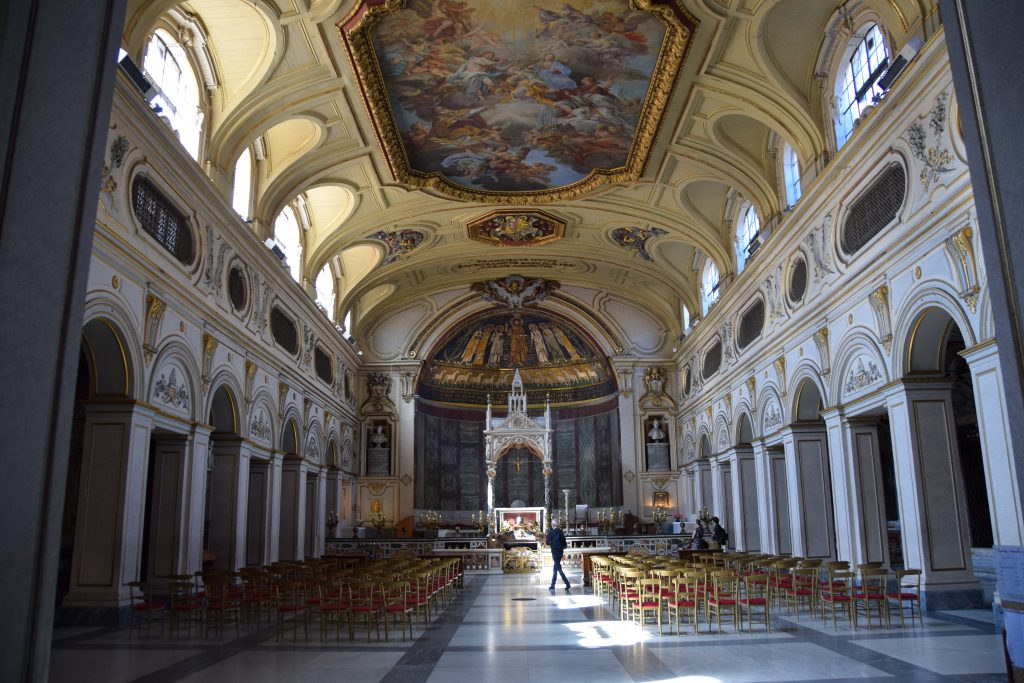
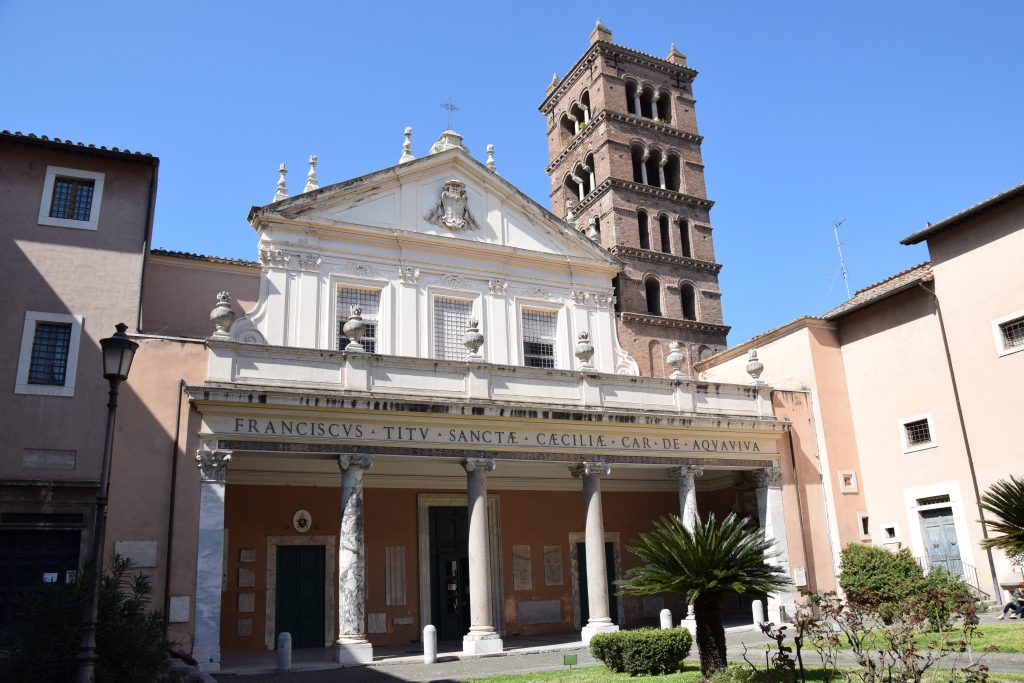
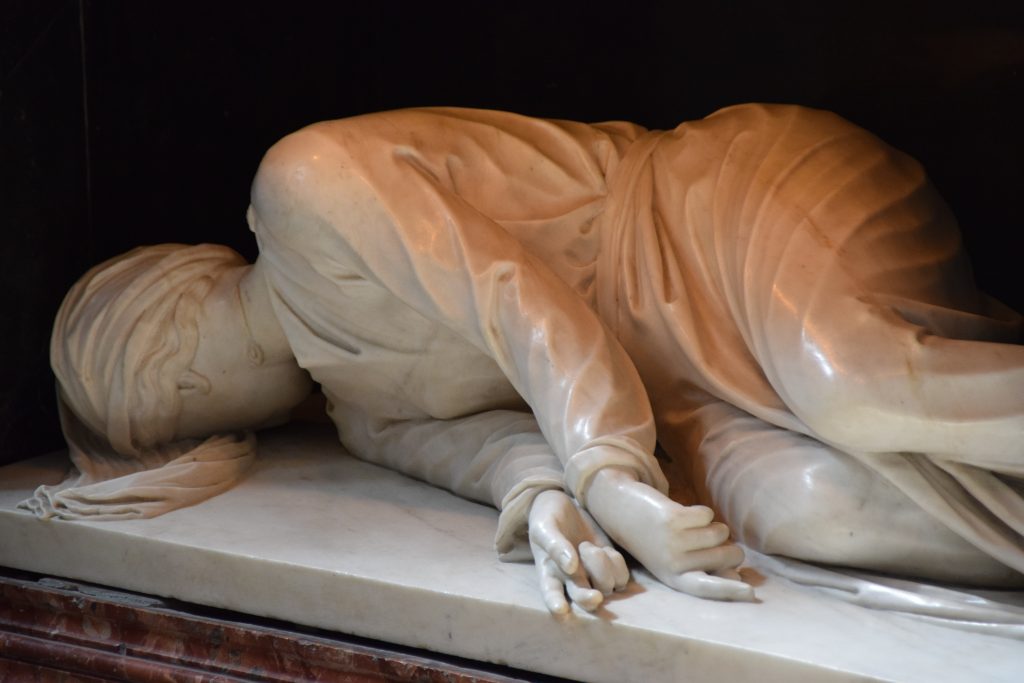
St Cecilia in London
There is a window dedicated to her in the Holy Sepulchre Church-without-Newgate, In London, opposite the site of the infamous Newgate Prison. Henry Wood, one of our most famous conductors and the founder of the Promenade Concerts, played organ here when he was 14. In 1944, his ashes were placed beneath the window dedicated to St Cecilia and, later, the Church became the National Musician’s Church.
The memorial to Henry Wood at St Sepulchre is engraved:
This window is dedicated to the memory of
Sir Henry Wood, C.H.,
Founder and for fifty years Conductor of
THE PROMENADE CONCERTS
1895-1944.
He opened the door to a new world
Of sense and feeling to millions of
his fellows. He gave life to Music
and he brought Music to the People.
His ashes rest beneath.
The Concerts are now called the BBC Proms and continue an 18th and 19th Century tradition of, originally, outdoor concerts, and then indoor promenade concerts. At the end of the 19th Century, the inexpensive Promenade Concerts were put on to help broaden the interest in classical music. Henry Wood was the sole conductor.
Wikipedia reports :
Czech conductor Jiří Bělohlávek described the Proms as “the world’s largest and most democratic musical festival”.
The Eight-week Festival is held at the Royal Albert Hall. It moved here during World War 2 after the original venue, the Queen’s Hall, was destroyed in the Blitz in May 1941.


